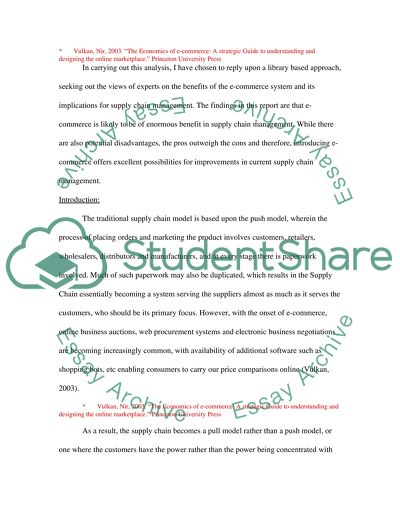Cite this document
(“Improvements in the supply chain offered by e-commerce developments Essay”, n.d.)
Improvements in the supply chain offered by e-commerce developments Essay. Retrieved from https://studentshare.org/miscellaneous/1540899-improvements-in-the-supply-chain-offered-by-e-commerce-developments
Improvements in the supply chain offered by e-commerce developments Essay. Retrieved from https://studentshare.org/miscellaneous/1540899-improvements-in-the-supply-chain-offered-by-e-commerce-developments
(Improvements in the Supply Chain Offered by E-Commerce Developments Essay)
Improvements in the Supply Chain Offered by E-Commerce Developments Essay. https://studentshare.org/miscellaneous/1540899-improvements-in-the-supply-chain-offered-by-e-commerce-developments.
Improvements in the Supply Chain Offered by E-Commerce Developments Essay. https://studentshare.org/miscellaneous/1540899-improvements-in-the-supply-chain-offered-by-e-commerce-developments.
“Improvements in the Supply Chain Offered by E-Commerce Developments Essay”, n.d. https://studentshare.org/miscellaneous/1540899-improvements-in-the-supply-chain-offered-by-e-commerce-developments.


